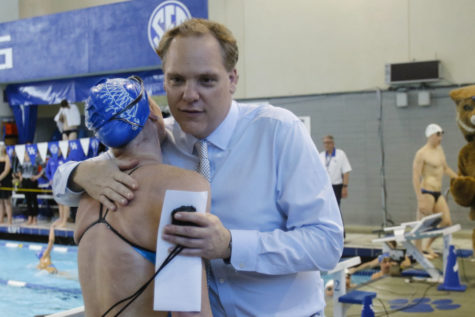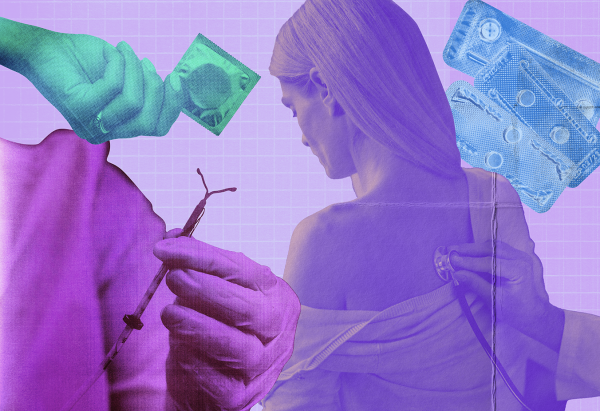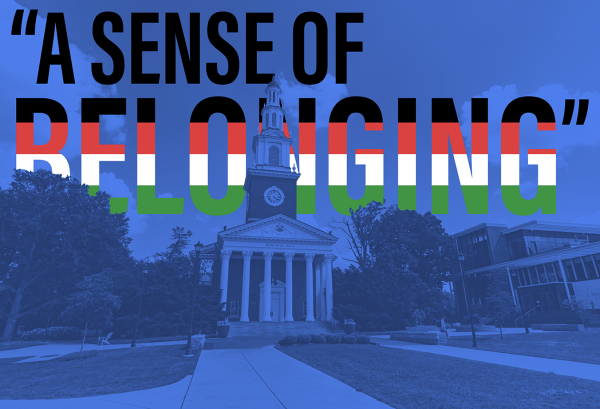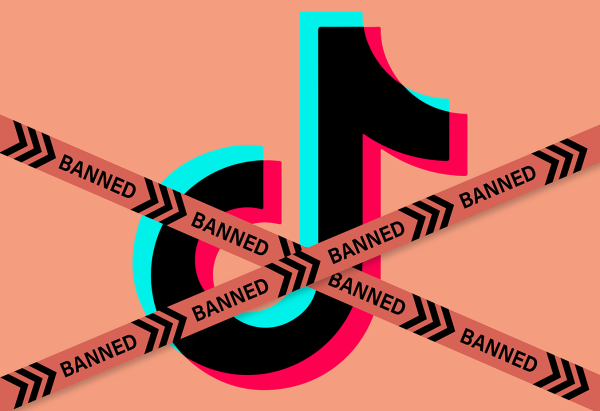Bipolar disorder needs clearer understanding
October 4, 2009
Column by Maria Jennings
Crazy. Manic. Emo.
Ask a random pedestrian to describe someone affected by bipolar disorder, and you’ll hear any of these three adjectives. However, as a UK student diagnosed with this disorder, I refute all of these opinions.
Because this week is Mental Illness Awareness Week—declared by the National Alliance on Mental Illness — I realized how blind people are to the reality of this mental illness. Affecting 222 million adults worldwide, bipolar disorder should be well understood, but because of stereotypes, the media’s opinion and lack of education, the disorder has gained a warped definition.
According to David Healy’s book, Mania: A History of Bipolar Disorder, this illness first gained attention in the late nineteenth century. Sufferers of the disease were bound, chained and locked away, deemed as raving, insane lunatics. This stereotype, though centuries old, stuck with the ignorant of America.
And the media has not broken this stereotype. In J.D Salinger’s novel “The Catcher in the Rye,†the protagonist, Holden Caulfield — a bipolar sufferer — is stereotyped as a depressive, alcoholic, chain-smoker with racing thoughts and compulsive behavior.
Kurt Cobain, lead singer of the 90s band Nirvana, also suffered from bipolar disorder. Struggling with drug abuse, Cobain committed suicide, shocking music fans around the world.
Another famous icon — Britney Spears — has been rumored to have bipolar because of her wild antics: going commando, shaving her head and refusing to give up her children when a protective court order was issued.
These destructive personalities only fuel the misshapen views of bipolar disorder.
Media perceptions and these extreme stereotypes present bipolar disorder as a monster that degrades his victims.
However, the illness is not as severe as Americans believe. Not all people with bipolar disorder are drug abusers, suicidal or eccentric. Bipolar disorder is actually a treatable disease. With a few medications, the symptoms of bipolar are reduced.
So you point out, “You’ve talked a lot about what people think bipolar is and what it isn’t. So, what is it actually? Enlighten me.â€
Well, it’s simple: the disease involves a neurological imbalance in one’s brain. Because of this, one’s moods, if untreated, constantly fluctuate between elated and dejected states. These shifts are much more abrupt and intense than those of a neurologically stable brain.
Bipolar disorder is often hereditary, but can be triggered by stress.
In severe cases, a bipolar person may turn toward stimulants like sex, alcohol or drugs to stabilize his or her brain.
While this may be prevalent in some cases, a perfect combination of medicine may literally relieve an addict from his addiction because the brain is balanced and there is no need of stimulation.
Bipolar disorder can manifest at different times in one’s life, and because the illness has no race, class or gender barriers, anyone is susceptible to it.
Although this illness is so misunderstood, little is done to educate Americans about it. While there are informational groups across the Internet, they gain little attention from the non-bipolar community.
More education on this mental illness needs to be presented to the American public. With more education on this topic, much of the public will be delivered from ignorance to knowledgeable.
Addressing bipolar disorder in a positive way is easy and should be taken advantage of. I know educating my friends about my disorder has created a small movement of understanding.
If you want to learn more about bipolar disorder and how to spread the truth about it, you may visit these websites: PsychEducation.org, PsychCentral.com, Bipolarworld.net.
Hopefully, you’ll choose to spread the truth, rather than spreading crazy, manic, emo rumors.






















































































































































